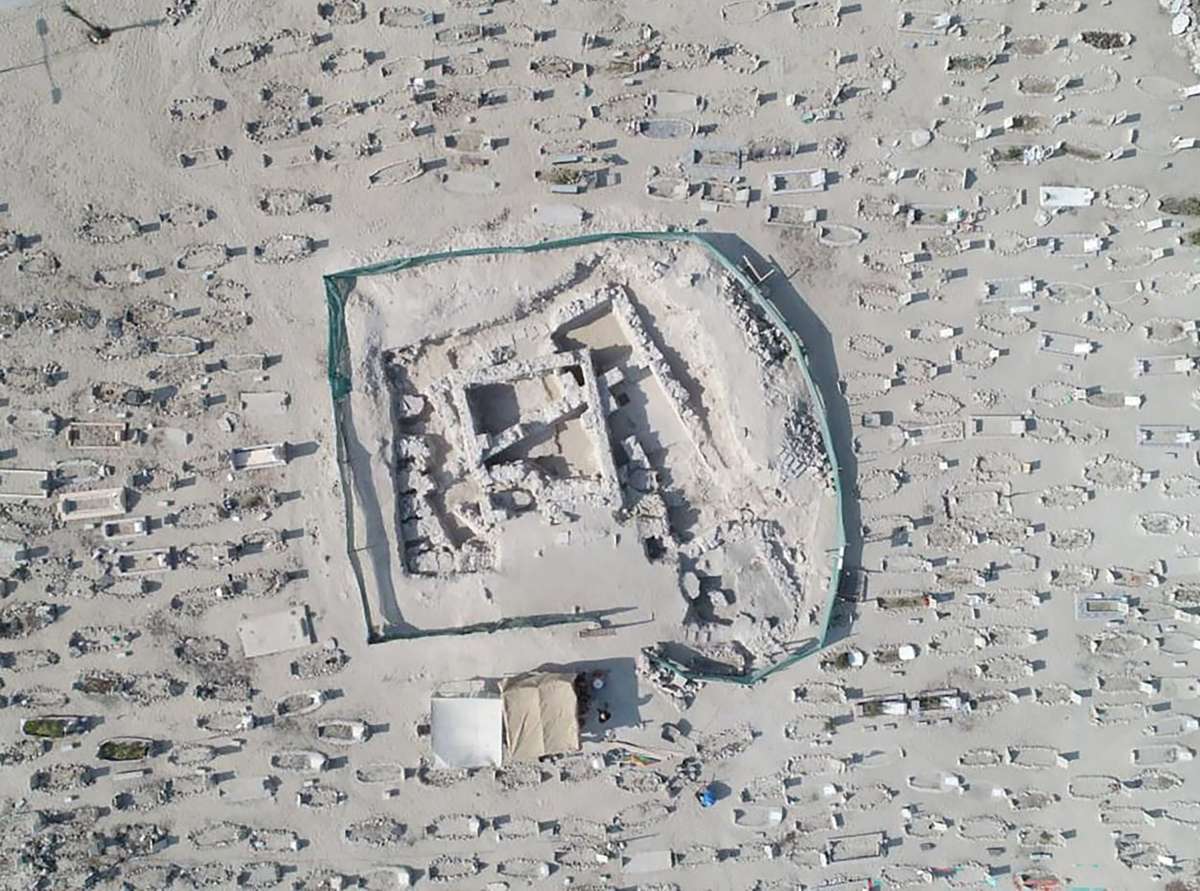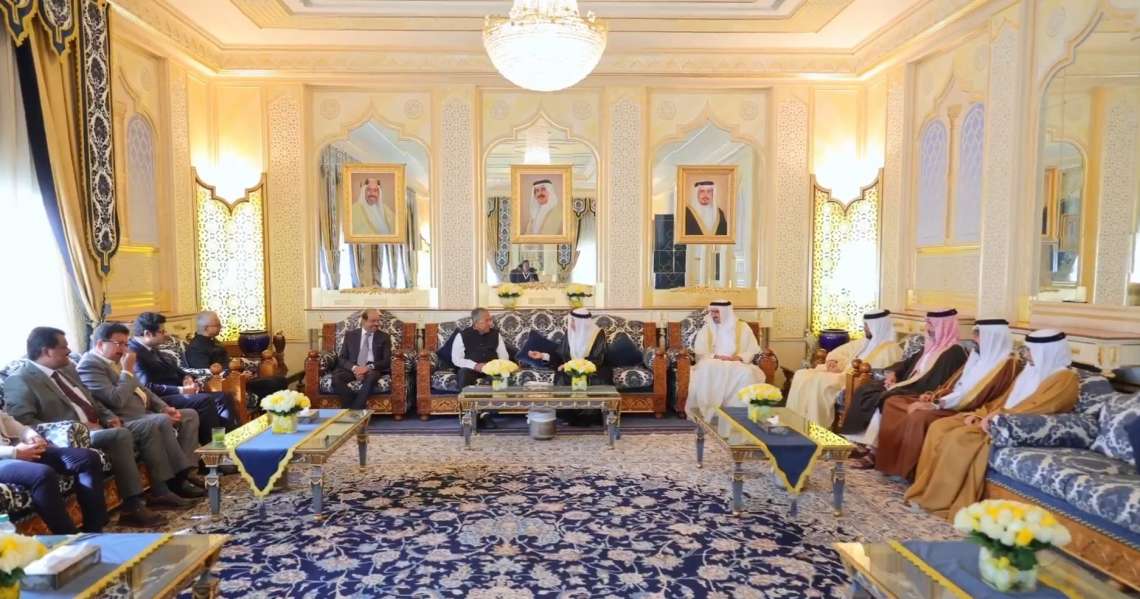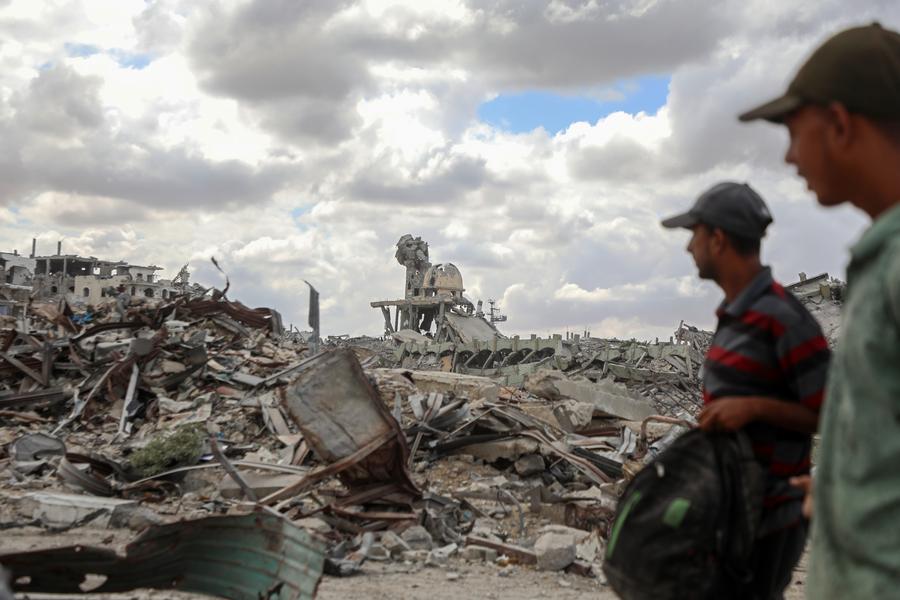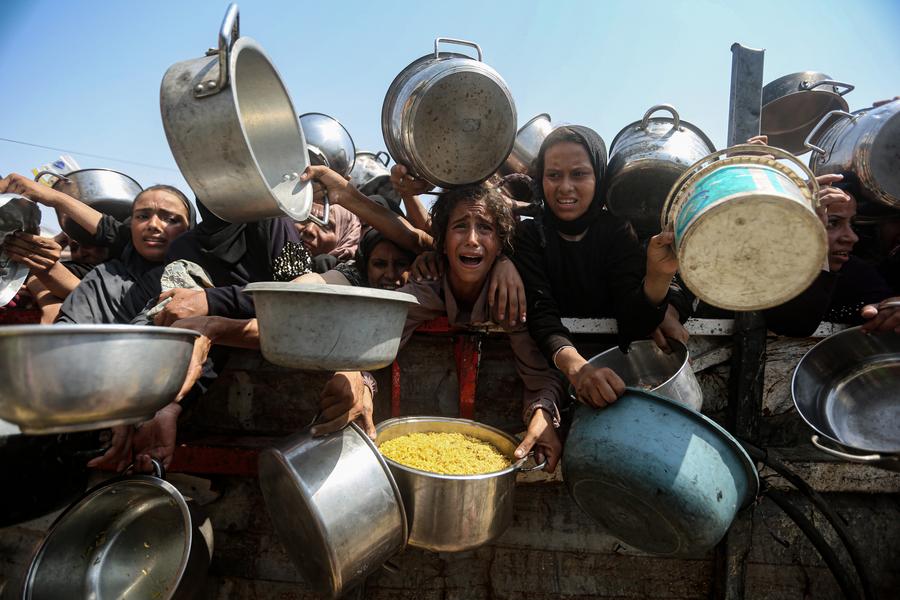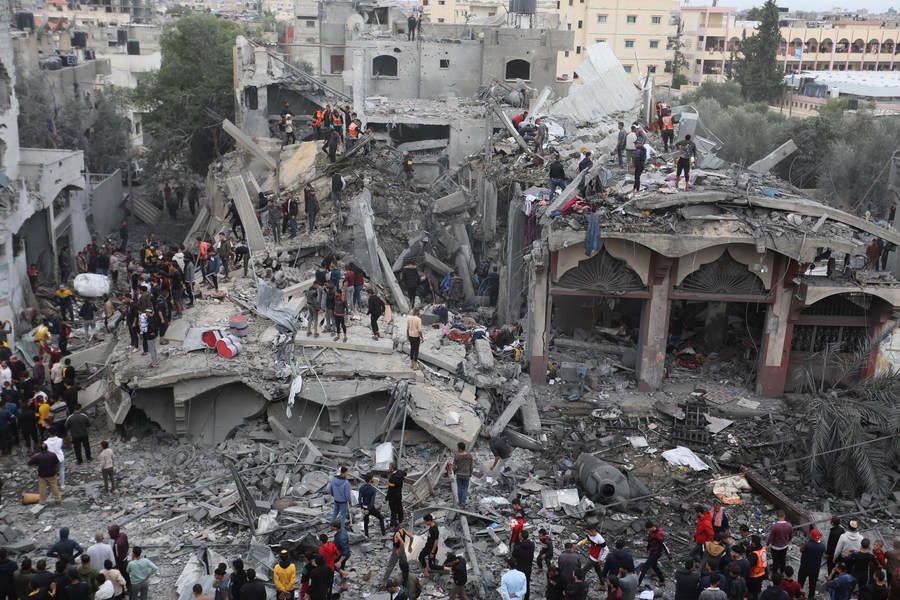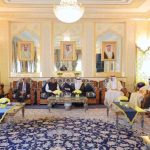The findings suggest the building may have been the residence of the bishop of the diocese, which included Samahij….reports Asian Lite News
Bahraini and British archaeologists have unearthed what is believed to be one of the oldest Christian structures in the Arabian Gulf, bAhrain News Agency (BNA) reported on Saturday.
Located in Samahij, Muharraq, Kingdom of Bahrain, the discovery provides the first material evidence of this ancient community. While Christianity is not predominantly associated with the Gulf states today, the Church of the East, also known as the Nestorian Church, flourished in the region for centuries until the 7th century CE, coinciding with the widespread Islam amongst the communities in 610 CE.
Radiocarbon dating of the Samahij site confirms the building was occupied between the mid-4th and mid-8th centuries CE, likely abandoned as Islam spread among the local population.
The excavation project, a collaborative effort between the Bahrain Authority for Culture and Antiquities and a British team led by Professor Timothy Insoll of the Institute of Arab and Islamic Studies at Exeter University, UK, and Dr. Salman Al Mahari of the Bahrain Authority for Culture and Antiquities, began in 2019 and culminated in these significant findings in 2023.
The findings suggest the building may have been the residence of the bishop of the diocese, which included Samahij. Historical sources refer to this area as “Mishmahig” or “Mashmahig,” likely variations of “Samahij.”
Records also indicate a connection between the region and central church authorities, with one bishop dismissed in 410 CE and another condemned for challenging church unity in the mid-7th century.
This discovery is unique due to its location in the heart of a modern, densely populated town, unlike previous Christian structures found in remote areas along the Gulf coast.
Notable finds include three plaster crosses, two adorning the building’s exterior and one possibly kept as a personal memento, along with wall carvings featuring a fish symbol and part of the “Chi Rho” symbol (representing the word Christ).
Dr. Salman Al Mahari, explained that the excavation is in its final stages, and emphasised the site’s importance for Bahraini history, providing valuable insights into the Christian presence in the region.
Initial studies suggested the site dated from the 6th to 8th centuries CE, but radiocarbon dating confirmed a 4th-century origin, making it one of the oldest Christian buildings in the Arabian Gulf. Recent findings include a clear Eastern cross on a plaster slab.
The excavation also revealed details about the building and its inhabitants’ lives. Constructed with stone walls coated in plaster and plaster floors, the building featured sockets and holes indicating door and seat placements. The kitchen contained built-in ovens with bases and storage areas. Artifacts suggest the inhabitants enjoyed a good standard of living, consuming meat, fish, shellfish, and various crops. The discovery of semi-precious agate beads and broken Indian pottery indicates the occupants were involved in trade, particularly with India. Small drinking glasses and 12 copper coins suggest the use of Sasanian Empire currency. Additionally, spindle whorls and copper needles hint at the possibility of cloth production for religious purposes.
Professor Tim Insoll emphasised the importance of the recent discoveries, stating, “We stress the importance of this site and the need to preserve it, highlighting its historical and archaeological value.” He added, “We were amused to find someone had drawn part of a face on a pearl shell using bitumen, possibly for a child who lived in the building. This is the first physical evidence of the Nestorian Church in Bahrain, providing a fascinating insight into how people lived, worked, and worshiped.”

